Forging new directions for water sensitive thinking: keynote insights
How can Perth continue to be a cool, green city? At the 3rd Water Sensitive Cities Conference, Mike Rowe, Interim Director General of the Department of Water and Environmental Regulation, opened an agenda-setting plenary session that set the context for the water challenges and opportunities facing a growing Perth. A stellar panel of industry leaders led a progressive, refreshingly frank discussion on a pertinent question: How is Perth progressing in its transition to a water sensitive city?
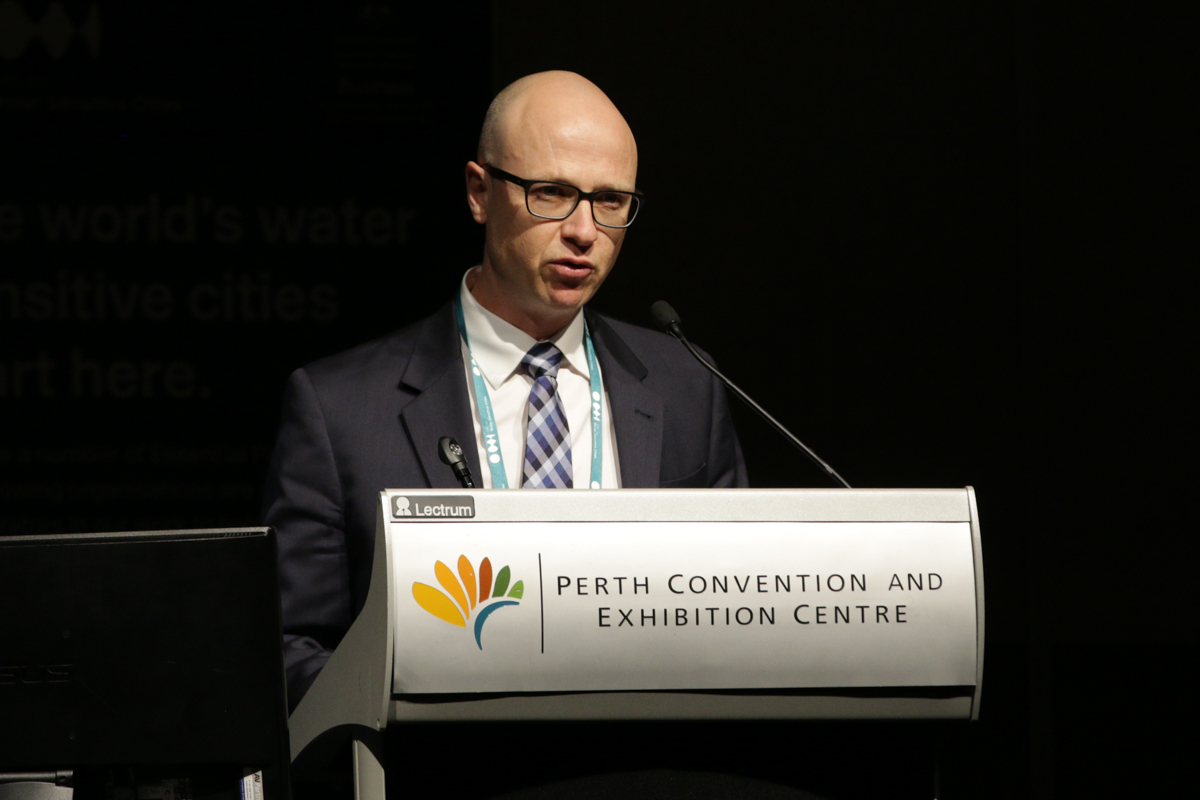
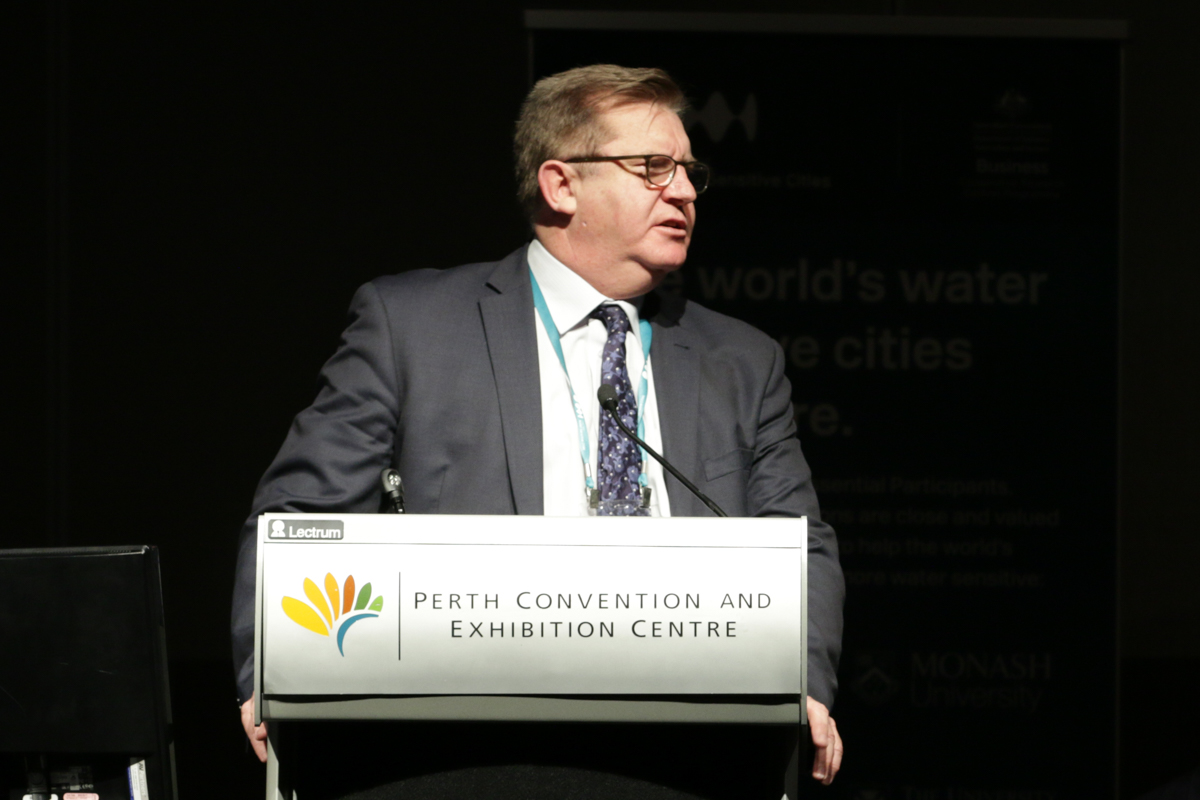
Paul Whyte (Acting Chief Executive Officer, Department of Communities, Housing) constructively pointed to the importance of housing as the single largest user of water in the state, with water debt an important social as well as sustainability issue. He also highlighted leading Perth developments, like Bentley, as one of the most relevant examples of how to get urban infill right; and Brabham as a new waterwise norm. “We need the CRC[WSC] because that’s where the ideas come from, and we need people willing to implement new ideas,” he said. In reflecting on nearby White Gum Valley, Frank Marra, LandCorp Chief Executive, expanded the affirmation, noting the value of the CRCWSC’s capacity to measure the quality and benefits of water sensitive implementations.
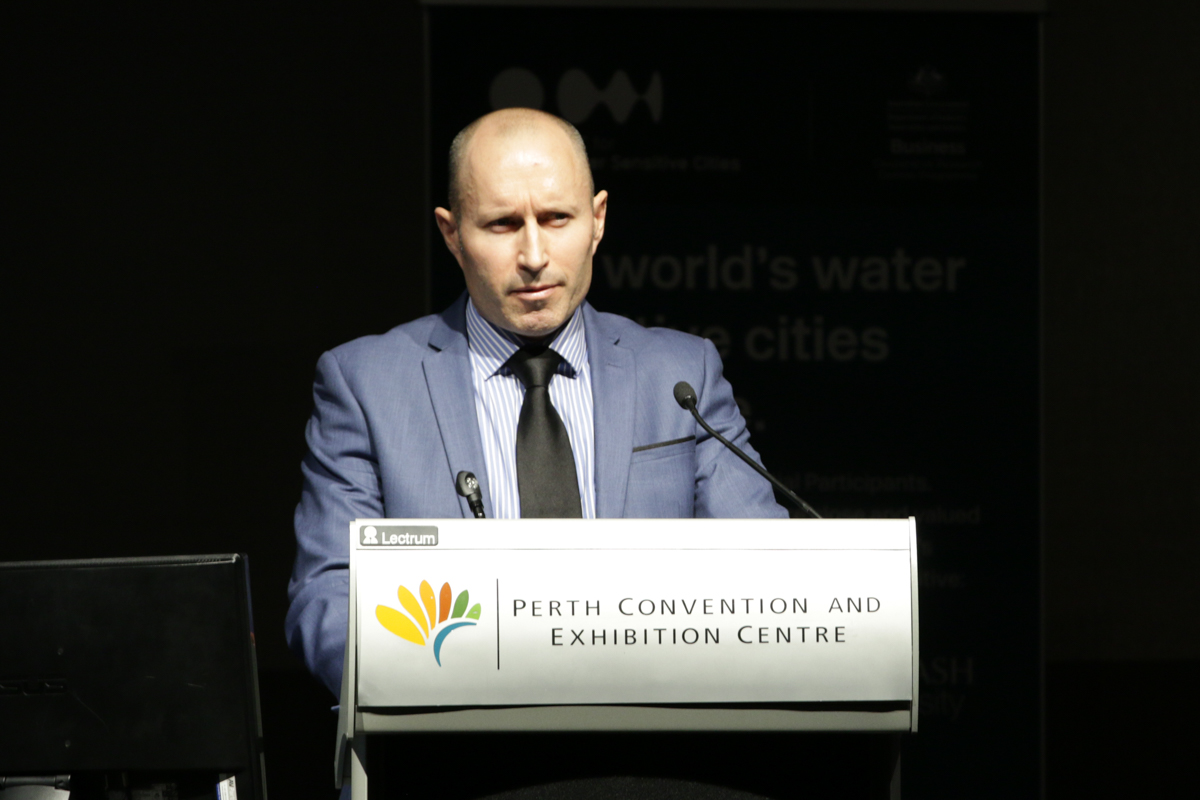
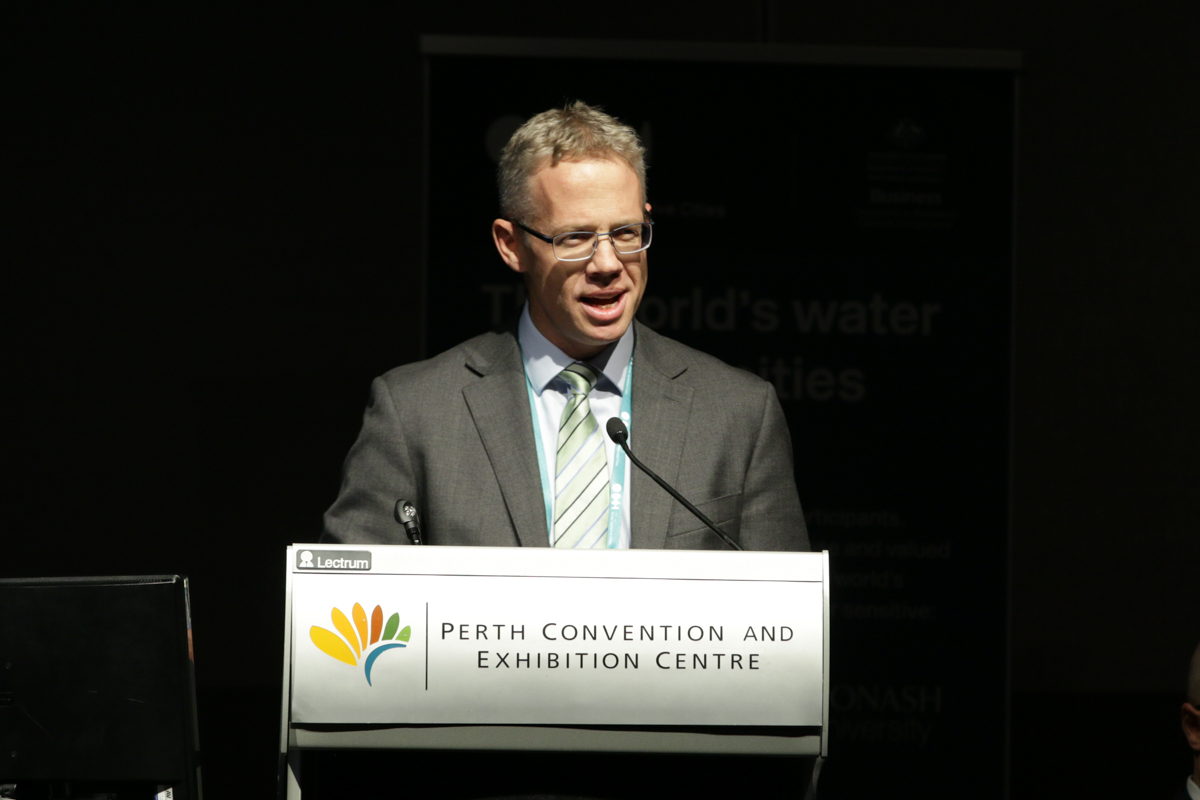
From practical action to new directions, talks from Professors Rebekah Brown and Zhiguo Yuan offered exciting insights into big new projects that push boundaries of water sensitive applications.
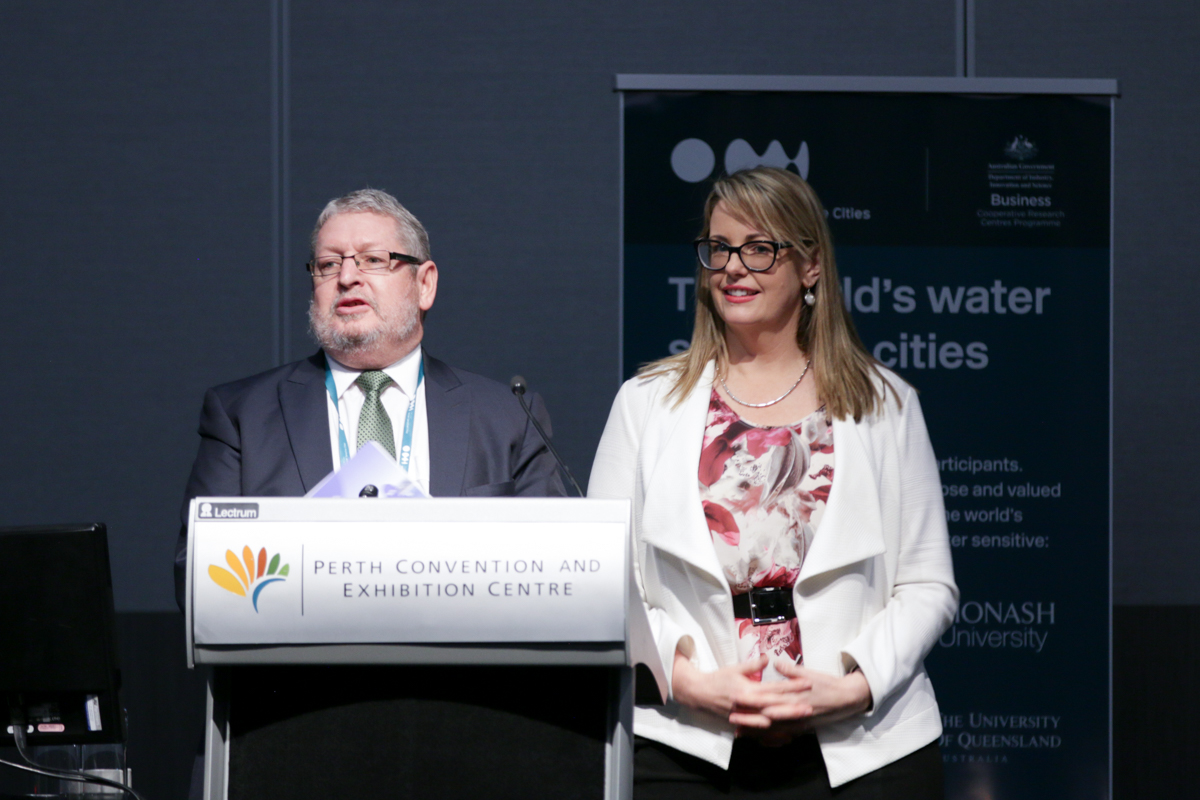
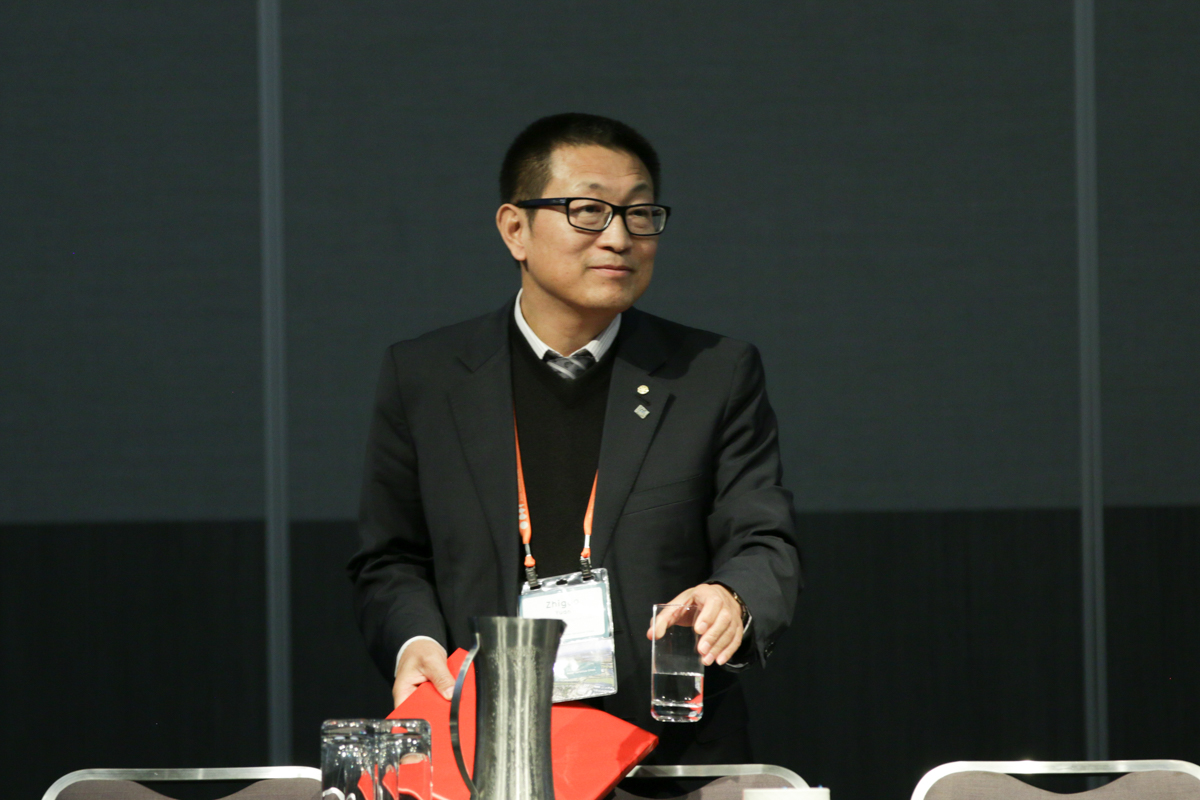
Rebekah Brown, Director of the Monash Sustainable Development Institute, asked us to imagine if, over the next five years, we could develop a fundamentally different way to deliver water, sanitation, and flood mitigation for the 1 billion people globally who live in informal settlements, otherwise known as urban slums, using a water sensitive approach.
That is the precisely the focus of a just-begun new $42 million project, jointly funded by the charitable UK-based Wellcome Trust and the Asian Development Bank. Underscoring the highly interdisciplinary nature of the project is a substantial list of partners: Melbourne Water, South East Water, Monash, Stanford, and Emory Universities, CRC for Water Sensitive Cities, Oxfam, WaterAid, and the World Health Organisation.
Aiming to open doors for a radically healthier environment for some of the world’s poorest communities, the project brings together diverse disciplines to harness the potential for flexible, decentralised water sensitive infrastructure to better manage water and sewage in these challenging environments.
And in a talk both reflective and forward-looking, Zhiguo Yuan celebrated the Australian water community. He shared that as just one measure of contribution, Australia is ranked 3rd in the world in publishing water research papers.
In his own work as Director of the University of Queensland’s Advanced Water Management Centre, Prof. Yuan is now embarking on a new project, with prestigious national funding, that offers a big step forward in resource recovery. Biogas is currently converted to electricity, at 35% efficiency. But by considering the promise of an anaerobic treatment process, the new research asks: What if we could instead convert biogas to liquid chemicals as a renewable energy source?
It is work that could transform the economy, yet it was perhaps words to young water professionals that best struck a chord. In outlining his evolving professional identity, from aeronautical engineer to leader in wastewater management, Prof. Yuan offered gracious reflections on his research journey, and a message to follow your interests and think creatively.